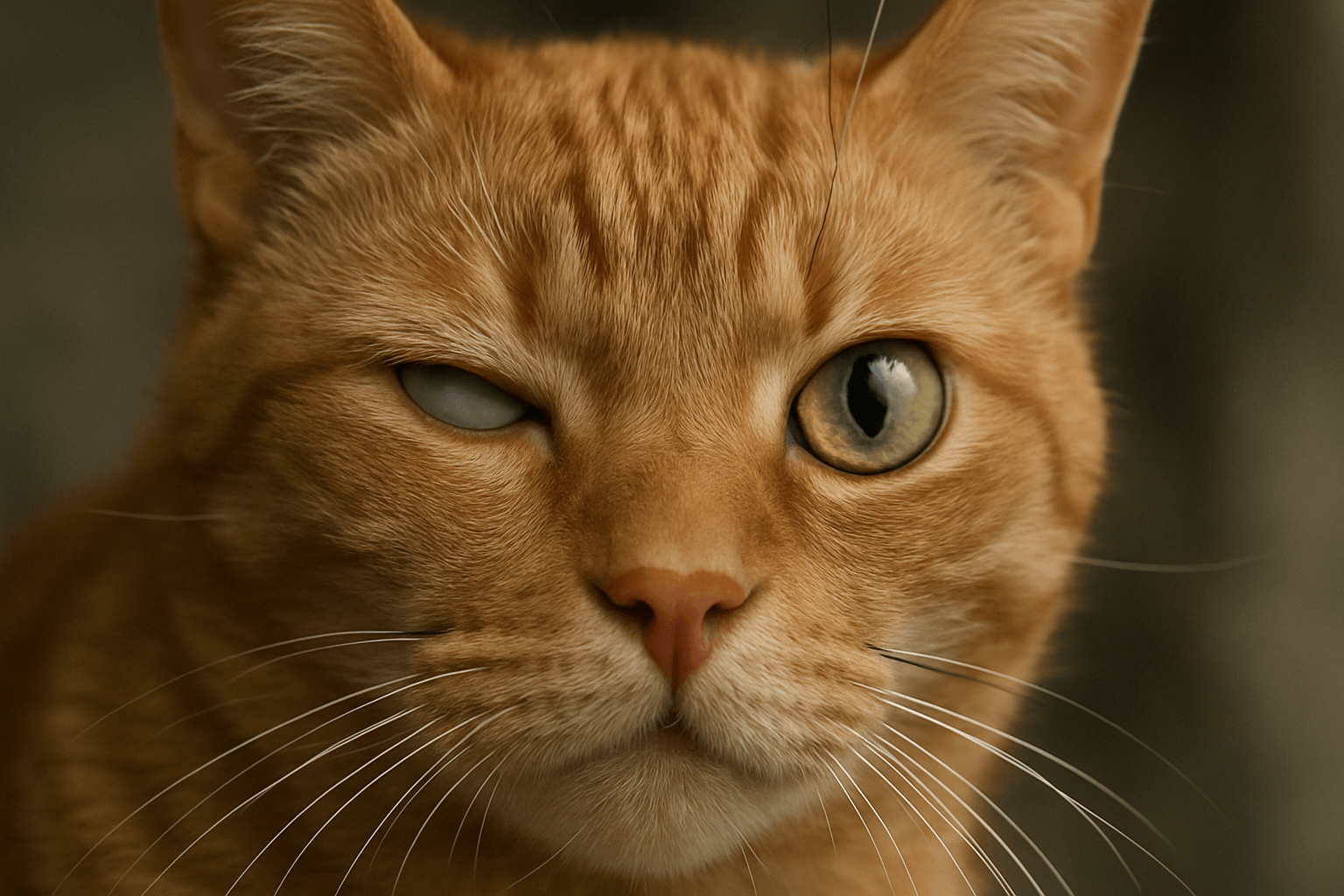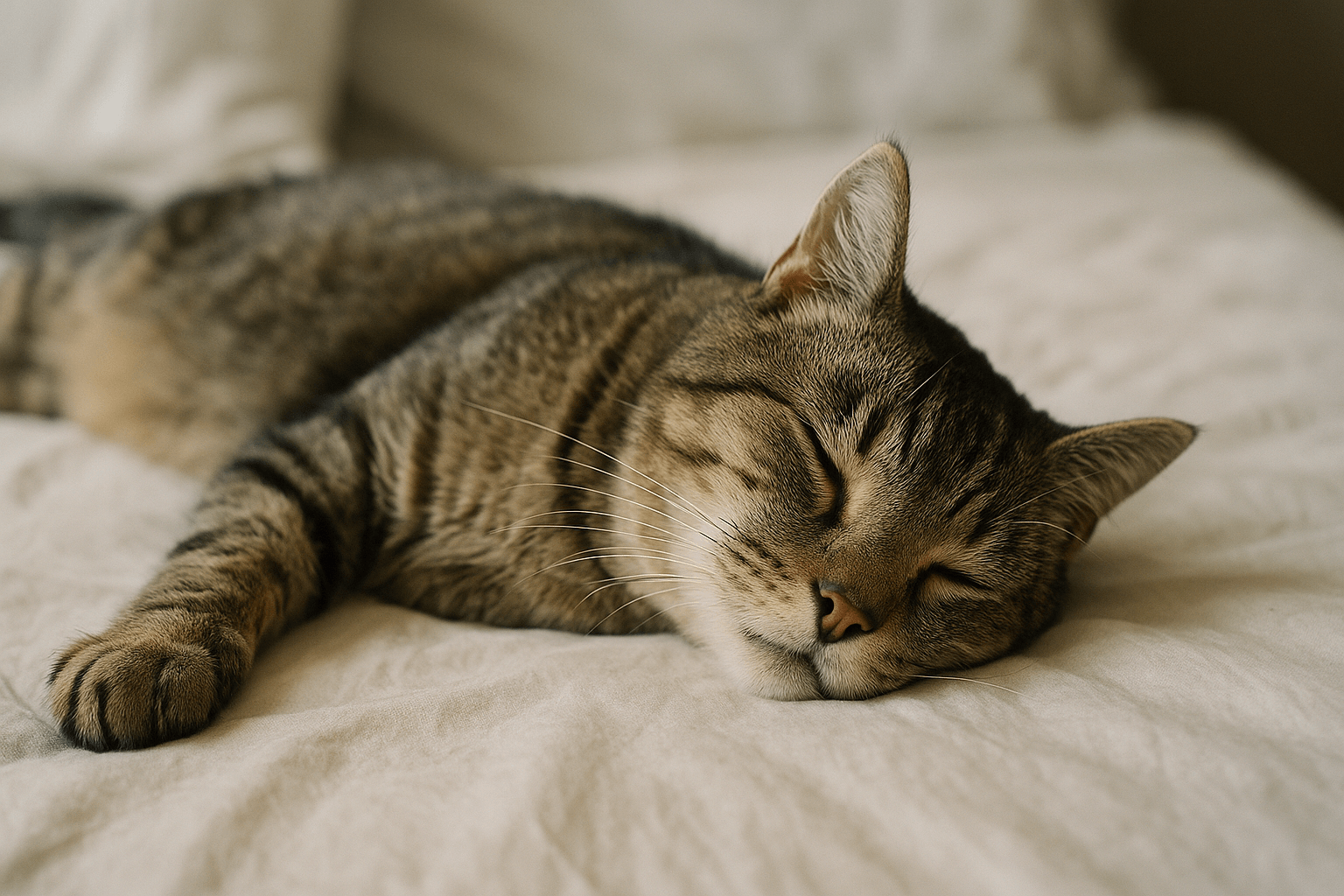How to Treat Dog Urine Spots on Grass: A Complete Guide
Dog urine spots on grass are a common issue for pet owners who take pride in maintaining their lawns. While our furry friends bring immense joy and companionship, their bathroom habits can sometimes leave uns with unsightly yellow or brown patches. These spots occur when the high nitrogen content in dog urine burns the grass, leading to discoloration and damage. However, treating and preventing these spots doesn’t have to be a daunting task. With the right knowledge and techniques, you can restore your lawn’s beauty and ensure it remains lush and green. In this guide, we’ll explore practical solutions, preventive measures, and eco-friendly tips to tackle dog urine spots effectively.
Understanding the Science Behind Dog Urine Spots
Before diving into solutions, it’s important to understand why dog urine affects grass the way it does. Here’s a breakdown of the key factors:
Dog urine contains high levels of nitrogen, which is a natural byproduct of protein metabolism.
Nitrogen is also found in fertilizers but in controlled amounts. Excess nitrogen from urine can overwhelm the grass.
The concentration of salts in urine can dehydrate grass blades, causing them to turn yellow or brown.
Female dogs tend to cause more damage than males because they squat and release urine in one concentrated area.
Lawns with poor soil drainage are more susceptible to urine damage as water cannot dilute the urine effectively.
By understanding these factors, you can better address the root causes of urine spots and implement effective strategies to protect your lawn.
Preventive Measures to Protect Your Lawn
Prevention is always better than cure, especially when it comes to maintaining a healthy lawn. Here are some proactive steps you can take to minimize the impact of dog urine on your grass:
Train your dog to use specific areas of the yard for bathroom breaks. This helps contain the damage to designated spots.
Create a gravel or mulch patch in your yard where your dog can relieve itself. Dogs often prefer these surfaces over grass.
Water the affected areas immediately after your dog urinates to dilute the urine and reduce nitrogen concentration.
Choose grass varieties that are more resistant to urine, such as fescue or ryegrass, when reseeding your lawn.
Regularly aerate your lawn to improve soil drainage and reduce the risk of urine damage.
By incorporating these preventive measures, you can significantly reduce the likelihood of urine spots appearing on your lawn.
Check this guide 👉7 Tips to Remove Old Dog Urine Smell from Hardwood Floors!
Check this guide 👉Why Does My Dog Pee on My Other Dog? Best 7 Behavior Tips!
Check this guide 👉Can Dogs Hold Their Pee for 12 Hours Overnight? Best 7 Tips!

Preventive Tips | Treatment Options |
|---|---|
Train your dog to use specific areas | Apply a nitrogen-neutralizing product |
Use gravel or mulch patches | Reseed damaged areas with hardy grass |
Water urine spots immediately | Aerate the soil for better drainage |
Choose urine-resistant grass types | Use organic lawn treatments |
Regularly mow and maintain your lawn | Add compost to rejuvenate soil health |
Effective Treatment Solutions for Existing Spots
If your lawn already has urine spots, don’t worry—there are several ways to restore its appearance. Here’s what you can do:
Remove dead grass from the affected area and loosen the soil to prepare it for reseeding.
Apply a nitrogen-neutralizing product to counteract the effects of urine on the soil.
Reseed the bare patches with a grass variety that is more resistant to urine damage.
Spread a thin layer of compost over the treated area to enrich the soil and promote healthy growth.
Avoid using harsh chemicals that could harm your lawn or pose risks to your pets.
With consistent care and attention, your lawn can recover from urine spots and regain its lush, green look.
Eco-Friendly Alternatives for a Healthier Lawn
For pet owners who prioritize sustainability, there are eco-friendly ways to manage dog urine spots without compromising the environment. Here are some green solutions:
Use natural lawn fertilizers like seaweed or fish emulsion to nourish your grass safely.
Opt for organic soil amendments such as compost or worm castings to improve soil health.
Plant clover or other nitrogen-fixing plants alongside your grass to balance nitrogen levels.
Encourage biodiversity by introducing native plants that coexist well with grass.
Avoid synthetic pesticides and herbicides that can harm beneficial insects and wildlife.
By adopting these eco-friendly practices, you can create a healthier lawn while minimizing your environmental footprint.
Common Mistakes to Avoid When Treating Urine Spots
While addressing dog urine spots on grass, it’s easy to make mistakes that can worsen the problem. Avoiding these common pitfalls will save you time and effort in the long run. Here are some errors to steer clear of:
Using too much fertilizer on urine spots, which can overload the soil with nitrogen.
Ignoring soil health and failing to aerate or amend the soil regularly.
Allowing urine spots to remain untreated for extended periods, leading to larger dead patches.
Overwatering the lawn in an attempt to dilute urine, which can lead to root rot or fungal issues.
Choosing weak grass varieties that are not suited for high-traffic or pet-prone areas.
By avoiding these mistakes, you can ensure your lawn remains healthy and resilient, even in the presence of pets.
DIY Remedies for Dog Urine Spots
If you prefer natural and cost-effective solutions, there are several DIY remedies you can try to treat dog urine spots on your grass. These methods are simple, safe, and effective when applied correctly. Here’s what you can do:
Mix one part white vinegar with three parts water and spray it on affected areas to neutralize urine residue.
Sprinkle baking soda over urine spots to absorb excess nitrogen and reduce acidity.
Use a homemade compost tea by steeping compost in water and applying it to damaged areas.
Create a diluted molasses solution to encourage beneficial microbes in the soil.
Apply a thin layer of sand over urine spots to improve drainage and prevent further damage.
These DIY remedies are gentle on your lawn and budget-friendly, making them a great option for eco-conscious pet owners.
Tips for Training Your Dog to Protect Your Lawn
Training your dog to use specific areas for bathroom breaks is one of the most effective ways to prevent urine spots. With patience and consistency, you can teach your pet to respect your lawn. Here are some tips to get started:
Designate a specific area of your yard, such as a gravel or mulch patch, as the bathroom zone.
Reward your dog with treats or praise every time they use the designated area.
Take your dog to the designated spot frequently, especially after meals or naps.
Use verbal cues like “go potty” to associate the action with the specific area.
Be patient and consistent, as training may take time depending on your dog’s personality.
With dedication, training can significantly reduce the occurrence of urine spots and help maintain a lush, green lawn.
FAQ
Why does dog urine turn grass yellow or brown?
Dog urine contains high levels of nitrogen and salts, which can burn the grass and cause discoloration.
Are female dogs more likely to damage grass than male dogs?
Yes, female dogs tend to squat and release urine in one concentrated area, increasing the risk of damage.
Can I use fertilizer to fix urine spots?
Fertilizer may worsen the problem by adding more nitrogen. Instead, use nitrogen-neutralizing products or reseed the area.
How often should I water my lawn to prevent urine spots?
Water the affected areas immediately after your dog urinates to dilute the urine and reduce nitrogen concentration.
What grass types are best for resisting urine damage?
Grass varieties like fescue and ryegrass are more resilient and better suited for handling urine exposure.
Restoring and Maintaining a Beautiful Lawn
Dealing with dog urine spots on grass may seem challenging, but with the right approach, it’s entirely manageable. By understanding the science behind urine damage, implementing preventive measures, and using effective treatment solutions, you can keep your lawn looking vibrant and healthy. Whether you choose eco-friendly alternatives or opt for traditional methods, consistency and care are key. Remember, a lush lawn and a happy pet can coexist harmoniously with a little effort and planning. So roll up your sleeves, follow these tips, and enjoy a beautiful, pet-friendly outdoor space!
Why Is My Cats Second Eyelid Showing? Best 7 Expert Tips! Understand causes, health signs, and how to respond when your cat’s third eyelid becomes visible.
How Do I Know If My Cat Died Peacefully? Best 7 Expert Tips! Discover the quiet signs of a peaceful feline passing and find comfort in their final moments.
Cat Allergy Eyes: Best 7 Expert Tips! Discover why your eyes react to cats and learn proven strategies for relief—without giving up your feline friend.
Why Do Abyssinian Cat Colors Matter? Best 7 Expert Tips! Discover the genetics, rare hues, and care secrets behind Abyssinian coat colors for a healthier, happier cat.





